Infographic: Ohio Passes Farm Regulations to Stop Lake Erie Toxic Algae
Ohio passes its first regulations on farm practices and wastewater discharges since the Toledo drinking water crisis eight months ago.
By Codi Kozacek
Circle of Blue
Earlier this month, Ohio passed a new law that will regulate how and when farmers in the state’s western Lake Erie Basin can apply fertilizer and manure to their fields, among other measures to address nutrient pollution. The law, passed unanimously by both houses in March and signed into law by Governor John Kasich (R) on April 2, is a response to a toxic algae bloom in Lake Erie last August that shut down Toledo’s drinking water supply. The law will take effect in July, 90 days after its signing.
Agricultural regulations that are specifically aimed at reducing nutrient pollution are a rarity in the United States. More than four decades ago, the federal Clean Water Act created enforceable permits limiting nutrients being released by wastewater treatment plants, factories, and other “point” sources, but the law relies on voluntary measures to curb nutrient output from “nonpoint” sources like farms and lawns. Likewise, most state efforts to reduce nutrient pollution from nonpoint sources traditionally rely heavily on voluntary practices.
Ohio’s new law, however, was borne of necessity.
Excess levels of phosphorus — a nutrient contained in fertilizers, manure, detergents, and wastewater — feed blooms of microscopic cyanobacteria, commonly referred to as blue-green algae. The blooms have reemerged in the past two decades as a major threat to environmental and public health in Lake Erie’s western basin, where scientists say farms in the Maumee River Watershed are the primary source of phosphorus.
If the toxin produced by the blooms gets into drinking water supplies, it can cause nausea, vomiting, and liver damage for those who ingest it.
Measures included in the new law prevent farmers from applying fertilizer or manure onto frozen or snow-covered ground or onto soil that is saturated with water. The law also limits application if heavy rainstorms are forecast. Fines for breaking the new rules could reach as much as $US 10,000 per violation. Medium- and small-sized concentrated animal feeding operations (CAFOs) – farms that raise large numbers of cows and pigs, for example – can apply for an extension of one and two years, respectively, to comply with the law.
In addition to fertilizer regulations, the law instructs the state director of environmental protection to coordinate harmful algae management and response. Starting in 2020, it also prohibits the disposal of sediments dredged from harbors and navigation channels into Lake Erie.
In the infographic above, a map of Ohio shows the state divided by watershed. Restrictions were only placed on watersheds in the northwestern region of the state, near the Maumee River. Scientists have identified the Maumee River Basin as the primary source of the phosphorus runoff that is creating toxic algae outbreaks in Lake Erie. The restrictions on manure application are shown above the map in brown; restrictions on fertilizer are shown in green; restrictions on both manure and fertilizer are shown in yellow. Likewise, the exceptions to the restrictions are shown below the map in the same corresponding colors. Click the infographic above to learn more.
This infographic is part of an ongoing series about toxic algae in the Great Lakes. To learn more, check out Circle of Blue’s Choke Point: Index special package.
A news correspondent for Circle of Blue based out of Hawaii. She writes The Stream, Circle of Blue’s daily digest of international water news trends. Her interests include food security, ecology and the Great Lakes.
Contact Codi Kozacek


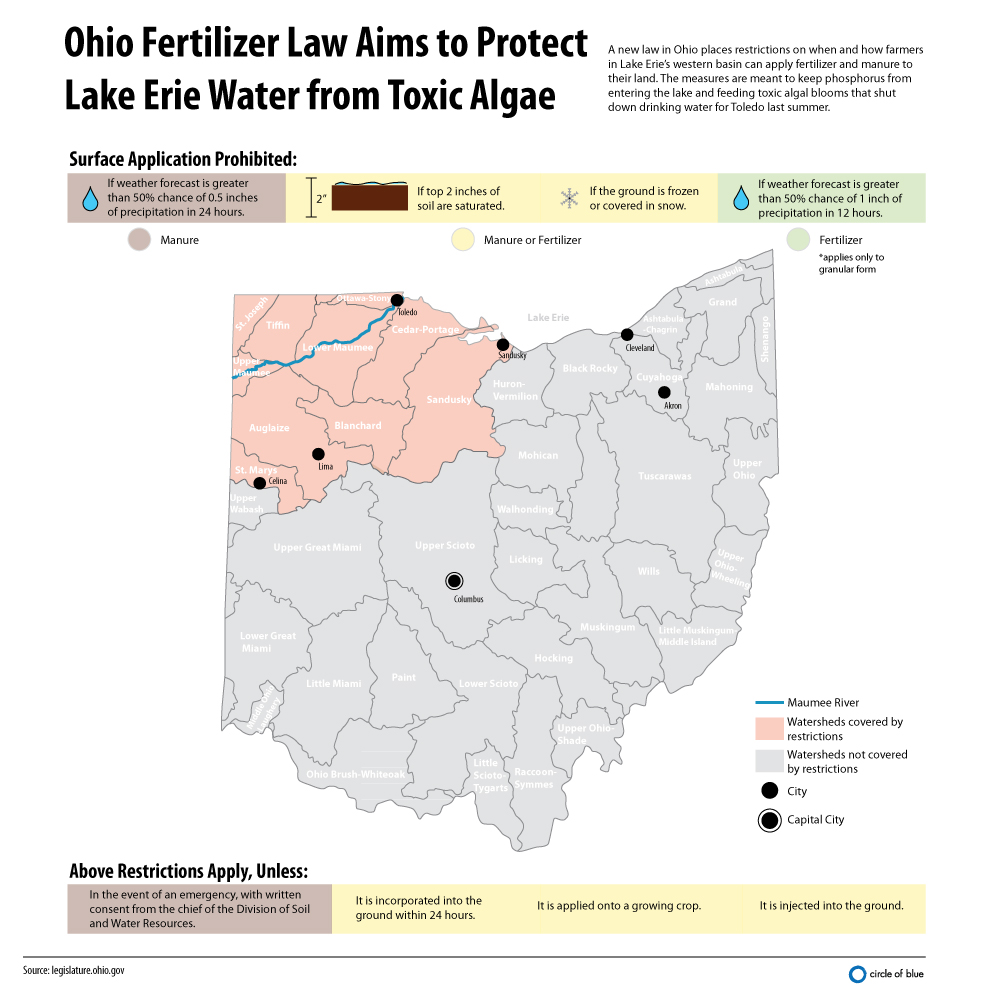


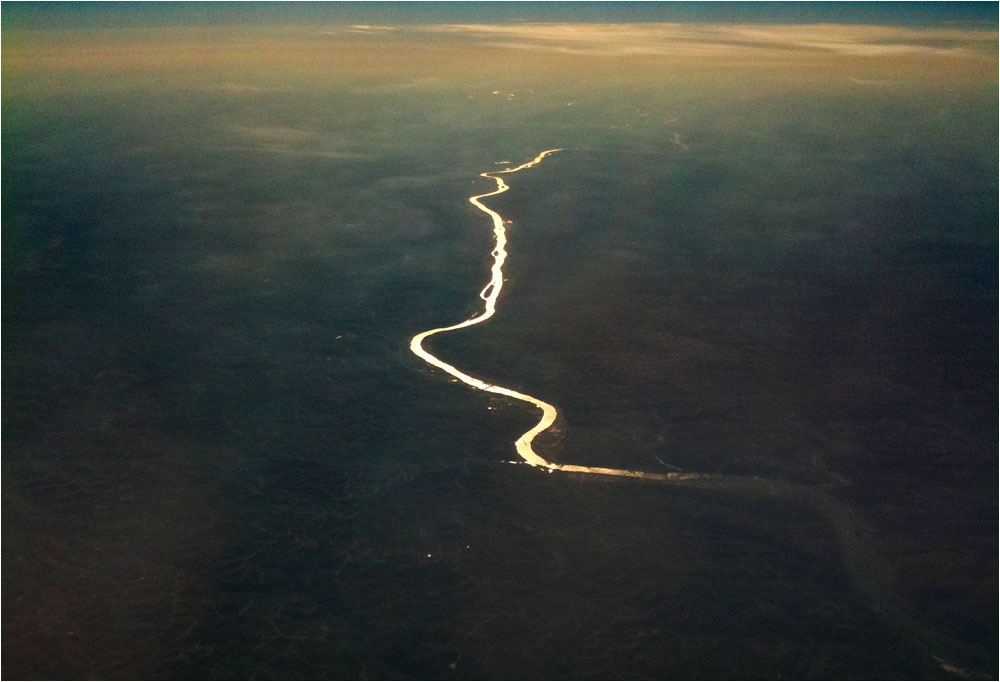
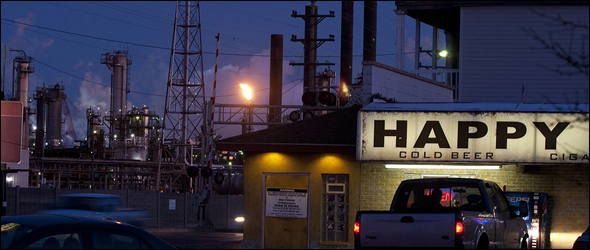

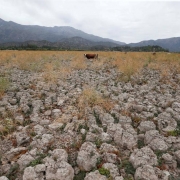
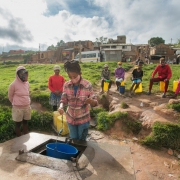


Leave a Reply
Want to join the discussion?Feel free to contribute!